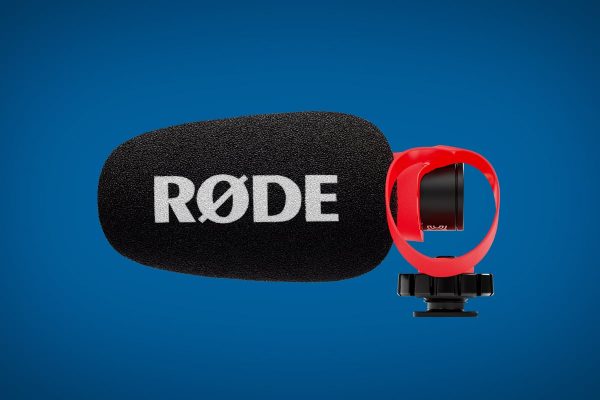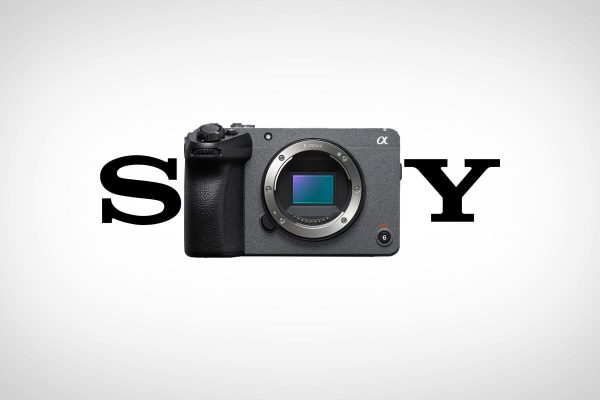Along with the rise of 4K film cameras (such as the pictured Blackmagic Design’s Production Cinema Camera and the RED Epic series), have come monitors and (new) televisions with which to watch and edit 4K video. However, when 4K is used as a broad marketing term, across a spectrum of devices and consumer electronics, the nitty gritty of resolution standards tends to blur somewhat. The users at AVSForum recently discussed the confusion surrounding the moniker ‘4K’ and they have mandated a change, when referring to 4K Ultra HD – calling it 2160p. We need specifics, and it’s time we started to determine the difference.
So what are the specifics?
True 4K.
True 4K has a resolution of 4096×2160 and has an aspect ratio of 1.9:1. It is a commercial standard as specified by the DCI (Digital Cinema Initiative) and it is used most often as a professional format within video production and viewed in movie theaters that are equipped with 4K digital projectors and equipment.
4K-UHD.
4K Ultra HD (often referred to as 4K) has a resolution of 3840×2160 has an aspect ratio of 1.78:1. Most television broadcast material is set to an aspect ration of 1.78:1 and it stands to reason that consumers prefer a ratio that has no black bands on either side (as would be the case when telecasting true 4K). Whilst filmmakers and enthusiasts would understand why they are seeing black bars, the everyday consumer would simply find it annoying. This is largely the reasoning behind UHD being the resolution for next generation of consumer electronics.
The community at AVSForums (with 2 million users) have mandated a change. They agree with what video guru Joe Kane said in a recent interview with Scott Wilkinson whilst discussing the new technology. His preference is for consumer products to refer to UHD as “2160p”. This makes sense as a way for professionals and consumers to distinguish and understand exactly what they are purchasing and if it meets their needs.
Although there is only 256 horizontal pixels between the two resolutions; it is important to understand the differences when shopping for a new monitor or editing your film.
It seems unlikely that consumer electronic makers will change their marketing strategy, with the 4K moniker becoming something of a buzz word; much like 1080p and ‘Full HD’ was a few years ago (an example of which is Sony, marketing their new TV’s as 4K Ultra HD). Also, it is interesting to note that computer makers such as Dell, Lenovo and ASUS are currently producing 4K Ultra HD monitors, whereas companies such as Canon have released a pricier true 4K reference display (the DP-V3010). What is exciting to see, is that cinema camera makers have started crossing the 256 pixel desert and incorporating both True 4K and Ultra HD as shooting preferences, an example being the Blackmagic Production Camera; giving users their choice.
Which ever display or resolution you decide to shoot and edit with, it’s important to understand the difference between the two. Even moreso when it comes to purchasing new gear.
For more info check out the AVSForum community article: The Not So Subtle Distinction Between UHD and 4K






